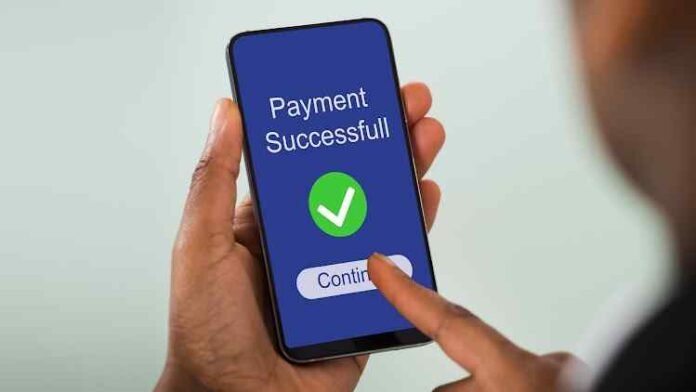Pakistan is pushing aggressively toward a cashless future, with the government setting sharp targets for the next two years under the Prime Minister’s Cashless Economy Initiative. By fiscal year 2026, the plan aims to bring 2 million merchants into the digital ecosystem, grow the number of online and mobile banking users from 95 million to 120 million, and double annual digital payment transactions to 15 billion.
Remittances Shift Toward Formal Channels
A major part of the strategy focuses on remittances — a lifeline for Pakistan’s economy. Authorities want to ensure that every dollar sent home by overseas Pakistanis is routed through formal banking or mobile wallet channels. Currently, about 80% of remittances are digitally tracked, but the government wants that number to reach 100% to curb cash payouts and strengthen transparency.
Role of the State Bank
The State Bank of Pakistan (SBP) is at the center of this transition. Under the initiative, SBP has been tasked with expanding mobile banking services beyond urban hubs and ensuring fintech adoption becomes mainstream. Committees formed under the program have set aggressive timelines for SBP to deliver, signaling the government’s seriousness about a rapid digital transformation.
Broadband Penetration Fuels Optimism
Minister for IT and Telecom Shaza Fatima recently highlighted Pakistan’s digital readiness, pointing to the country’s 143 million broadband subscribers. She noted that mobile wallets have already surpassed traditional bank accounts in numbers, powered by a strong branchless banking network. But she also admitted that only two out of four telecom operators — Jazz and Telenor — have managed to build large-scale mobile wallet platforms.
JazzCash vs Easypaisa: The Race for Digital Wallet Dominance
The mobile wallet market is largely split between JazzCash and Easypaisa. JazzCash, launched in 2012, leads the pack with around 21 million monthly active users, including 15 million who use its app. Its wide rural reach has been a key factor in its dominance.
Easypaisa, on the other hand, pioneered the space back in 2009 and today serves about 18 million monthly users, with a stronger foothold in urban centers. The platform recently became Pakistan’s first licensed digital bank, a milestone that may help it compete more effectively despite uncertainty around the Telenor–PTCL merger.
Both services thrive on simplicity: wallets are tied to mobile phone numbers, while local shopkeepers act as agents for deposits and withdrawals. This agent-based model has allowed digital wallets to reach communities underserved by traditional banks.
The Missing Players
Not all telecom operators have kept pace. Ufone’s Upaisa has a limited user base, and Zong has yet to make a meaningful entry into digital finance. Their absence leaves the market heavily concentrated between Jazz and Telenor, a duopoly that could shape how the digital economy evolves over the next few years.


